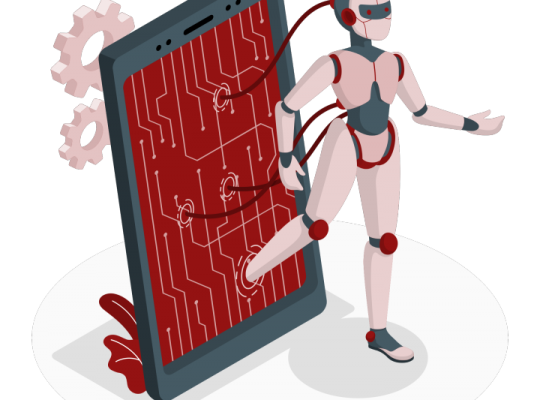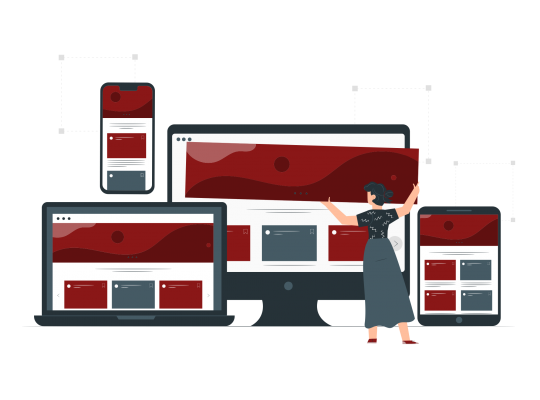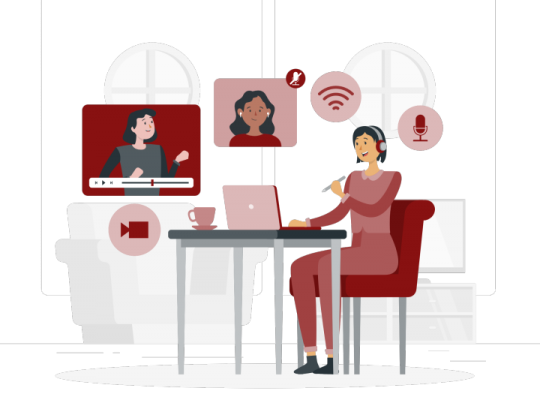The world of education continues to see new enhancements and tools that help students learn faster, think more critically, and gain knowledge. The rise of virtual reality (VR) and augmented reality (AR) is opening up a new world of learning possibilities – you just have to know where to look. You may not have heard much about AR or VR in the education space, but these emerging technologies are poised to change how we learn. Keep reading for everything you need to know about AR and VR in the realm of education.
Augmented Reality Defined
Augmented reality (AR) is an enhanced view of the real world that includes computer-generated elements. AR is different from virtual reality (VR) because it does not replace the real world entirely. Instead, AR brings a computer-generated image or video into the real world to interact with it in real time. AR is poised to be the next major disruptive technology, as it has many potential applications across industries. The technology has been used in marketing and advertising, architecture, education, and entertainment, but it has yet to achieve widespread adoption for profitability. For example, imagine visiting a museum where a presenter speaks about each exhibit. With AR technology, you could see the presenter standing in front of you, next to the exhibit, while a computer-generated image of the exhibit appears right above the presenter. Similarly, AR could be used by educators to bring illustrations, images, and videos into the classroom to make lessons more engaging and accessible to all students.
Virtual Reality Defined
Virtual reality (VR) is an entirely computer-generated environment that users can tap into and interact with in real time. Unlike AR, VR replaces the real world with a digital one. VR is often used in gaming, but it has potential applications in education as well, through the use of VR headsets. VR headsets allow users to experience an entirely new environment that can be programmed to be whatever educators want it to be. For example, a VR headset could program an environment to simulate an underwater adventure, or it could create a space that looks like a skyscraper rooftop in New York City. Educational applications of VR include allowing students to explore foreign lands without leaving the classroom, and allowing students with visual impairments to explore new environments and visualize concepts in new ways. VR headsets can be programmed to provide specific information about wherever a student is exploring, such as the history of a landmark, or the makeup of a cell.
Augmented and Virtual Reality in the Classroom
VR and AR are new technologies that have the potential to reshape how we approach and interact with the world. While the technology is still in its infancy, several applications have already been developed in the classroom. VR is most often used in the classroom as a learning tool for students with special needs. VR can be used as an alternative means of visual stimuli for students who may not be able to experience certain stimuli due to any number of visual impairments. With AR, students can experience the real world while also interacting with computer-generated elements. One example of AR being used in the classroom is a teacher projecting a computer-generated image onto a real-world object that students then interact with using their smartphones.
Benefits of AR and VR in Education
VR and AR offer a host of benefits for learners and educators. VR has proven to be useful in the classroom for students with impaired vision, allowing them to explore and experience new environments without being limited by their vision. VR also has a number of applications for learners with special needs, from improving motor skills to emotional regulation. VR also has applications for students who speak different languages and need to practice language skills in advance of a trip abroad. VR can allow these students to practice social interactions and language skills in a safe and controlled environment. AR can make lessons more interactive, engaging, and accessible to all students. AR can be used to bring illustrations and images into the classroom, making them more accessible to students with attention disorders who may have trouble focusing on static images. AR can also be used for problem-solving exercises, allowing students to see computer-generated solutions and practice problem-solving skills without disrupting other students.
How is AR Used in Education?
AR can be used in a number of ways in the classroom, from bringing static images to life to bringing real-world objects into the digital realm. Most often, educators use AR technology to bring real-world objects into the digital realm, allowing students to interact with the object while seeing an augmented version of it on their smartphones or tablets. AR technology can also be used to bring static images to life, by making these images interactive and engaging. For example, a museum could bring an exhibit to life by allowing visitors to explore the exhibit digitally through their phones.
How is VR Used in Education?
VR can be used in education to simulate real-world environments that students might not be able to experience in real life. VR can be used to allow students to travel to other countries or explore new cultures without leaving the classroom. VR can be used to experience new situations, like operating a space shuttle, or learning about new subjects, like the anatomy of the human body. VR can also be used as a tool for problem-solving, allowing students to explore a problem or construct from various angles and see how the problem or construct might be solved.
Limitations of AR and VR in Education
VR and AR have a number of limitations that have kept them from becoming widespread in the classroom. VR and AR headsets are not universally accessible and can be expensive, limiting their reach. VR and AR headsets also require high-speed internet connections, which may limit their reach in rural areas. VR and AR also pose potential health risks to students, such as nausea and headaches. Educators must take care to provide students with breaks while they are using VR and AR headsets. Finally, VR and AR present potential privacy issues, as students who use these technologies often share the same digital environment. Educators must be careful to minimize the amount of personal information students are sharing while using VR and AR.
Conclusion
While VR and AR technologies have been making headlines for years, these technologies are only just beginning to make an impact in the education space. VR and AR are poised to change how we approach and interact with the world, particularly in the realm of education. VR and AR have a number of benefits for students and educators, including improved problem-solving skills, increased socialization, and increased cultural awareness. VR and AR, however, do have limitations, including cost, health risks, and privacy concerns. As education technology continues to advance, VR and AR are sure to play an increasingly important role in the classroom.






